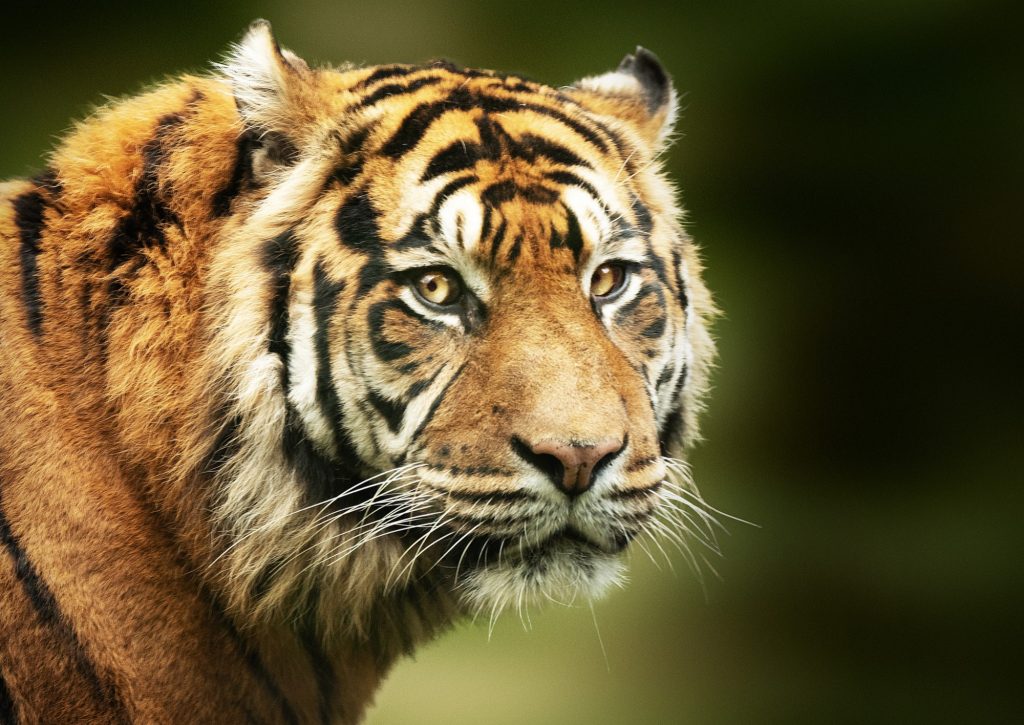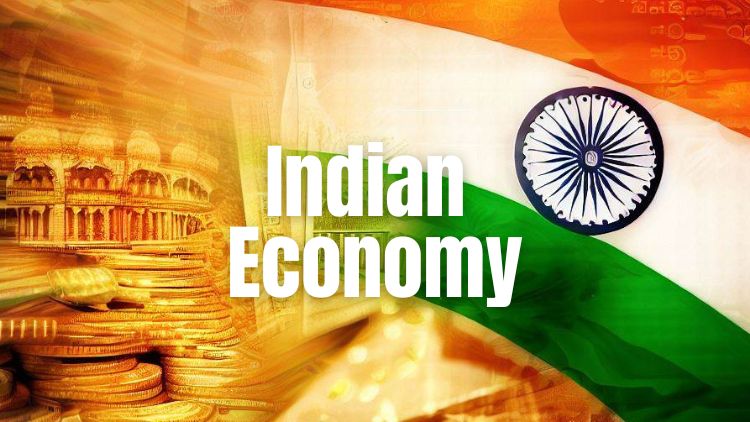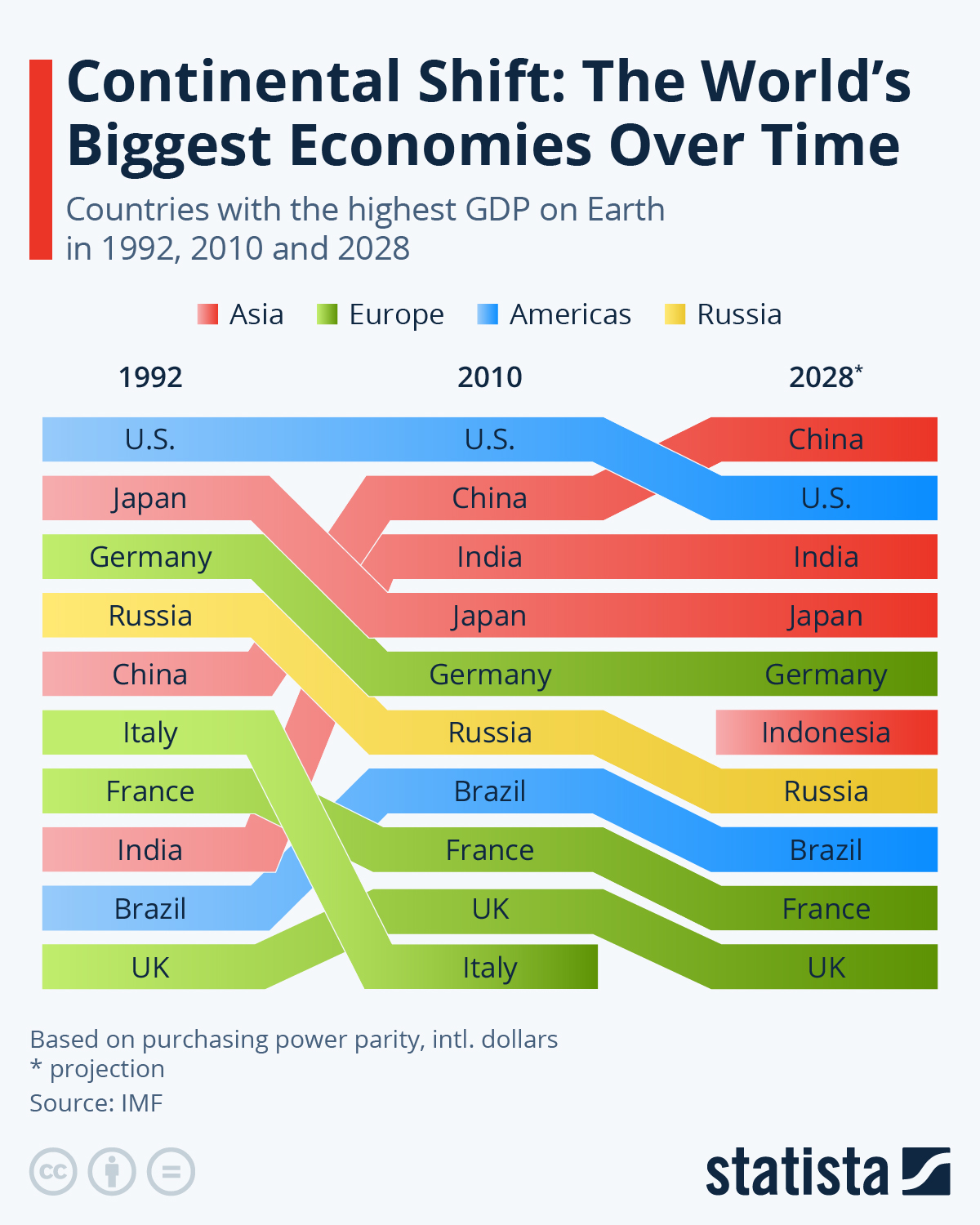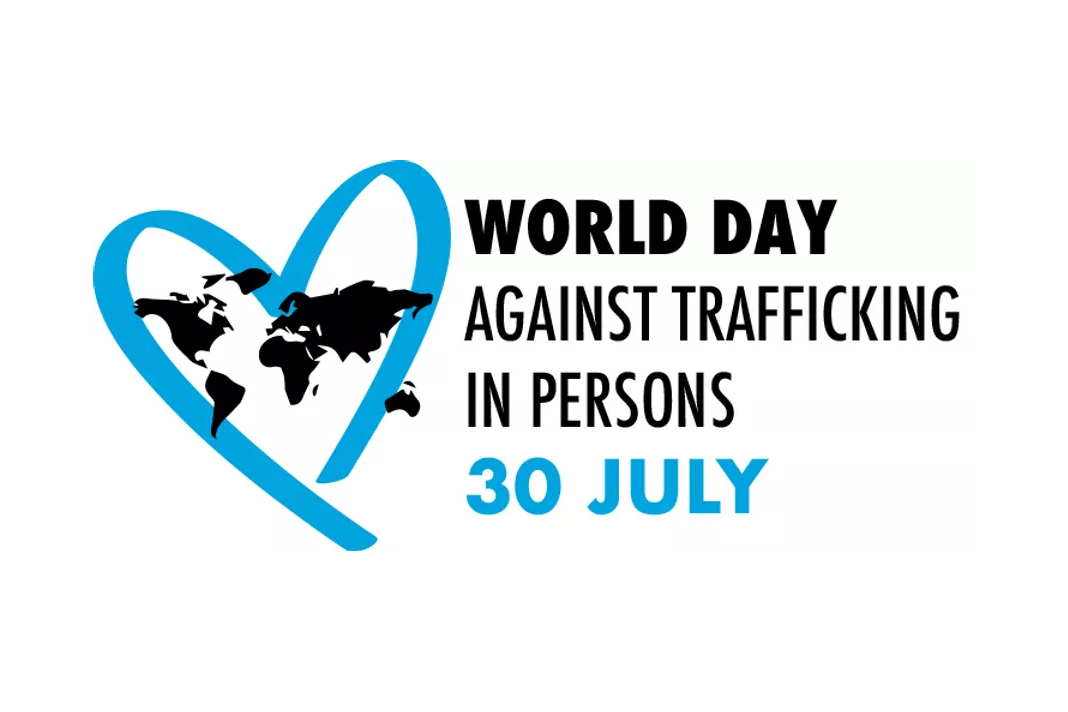International Tiger Day 2023
International Tiger Day has been observed annually on July 29th since its inception in 2010 during the Saint Petersburg Tiger Summit. The main purpose of this day is to bring attention to the drastic decline in wild tiger populations, which has pushed them to the edge of extinction. By celebrating this occasion, we aim to create awareness about the crucial efforts of tiger conservation.
The global celebration of International Tiger Day allows people from all corners of the world to come together and raise awareness about the plight of tigers. The ultimate goal is to establish a comprehensive international system dedicated to safeguarding tigers and their natural habitats. When we ensure a safe and flourishing environment for tigers, it also means preserving other species and protecting our forests.
Through the observance of International Tiger Day, we strive for a future where humans and tigers can coexist harmoniously. By working towards tiger conservation, we contribute to the preservation of biodiversity and foster an environment where both humans and wildlife thrive side by side.
Here are some key reasons why International Tiger Day 2023 is significant:

Tiger Conservation Awareness: International Tiger Day serves as a global platform to spread awareness about the threats faced by tigers, including habitat loss, poaching, illegal wildlife trade, and human-wildlife conflict. It emphasizes the importance of protecting and conserving tigers to ensure their survival for future generations.
Tiger Population Monitoring: The day allows conservation organizations and governments to share updates on tiger population numbers and conservation efforts. This data is crucial in evaluating the success of conservation initiatives and identifying areas that require more attention and support.
Global Collaboration: International Tiger Day encourages countries to come together and collaborate on tiger conservation. As tigers inhabit various regions across Asia, cooperation between countries is essential to protect tiger populations that often cross national borders.
Policy Advocacy: On this day, stakeholders, including NGOs, governments, and wildlife organizations, can advocate for stronger policies and measures to protect tigers and their habitats. It highlights the need for stricter law enforcement against poaching and illegal wildlife trade.
Public Engagement: International Tiger Day engages the public, motivating them to get involved in tiger conservation efforts. People are encouraged to participate in awareness campaigns, support conservation projects, and contribute to the protection of tigers.
Ecosystem Preservation: Tigers are apex predators, and their presence helps maintain the balance of their ecosystems. By conserving tigers and their habitats, we also protect numerous other species and the overall biodiversity of the ecosystems they inhabit.
Cultural and Symbolic Significance: Tigers have deep cultural and symbolic importance in many Asian countries. They are revered and considered symbols of power, strength, and beauty. International Tiger Day acknowledges the cultural significance of tigers while promoting their conservation.
Overall, International Tiger Day is a significant annual event that strives to draw attention to the plight of tigers and the critical need for conservation efforts. By working together globally, we can make a positive impact on tiger populations and ensure the survival of these iconic big cats in the wild.
History of International Tiger Day

International Tiger Day was first celebrated in 2010 after it was found that 97% of all wild tigers had disappeared in the last century, with about only 3,000 of them remaining. It’s not news that tigers are on the brink of extinction and International World Tiger Day aims to halt the numbers from worsening. Habitat loss, climate change, hunting, and poaching are only some of the factors that are responsible for the decline in the tiger population. Along with the preservation of these species, the day also aims to protect and expand their habitats. Many international organizations such as the WWF, the IFAW, and the Smithsonian Institute also observe International Tiger Day.
With the loss of habitat and climate change, tigers are increasingly coming into conflict with humans. Poaching and the illegal trade industry is also a very serious threat that wild tigers face. Demand for tiger bone, skin, and other body parts is leading to increased cases of poaching and trafficking.
This is resulting in localized extinctions, which has made the revival of the tiger population next to impossible. Another threat that has negatively impacted the tiger population is the loss of habitat. All across the world, we are witnessing a loss of tiger habitats due to access routes, human settlements, timber logging, plantations, and agriculture. In fact, only about 7% of the original tiger habitats are still intact today. Experts also worry that the lack of genetic diversity among tigers can lead to inbreeding in small populations. The ever-increasing habitat loss means that the conflicts between tigers and humans are on the rise. Tigers may wander into the human population which is worrying for people as well as these majestic cats.
Important Takeaways for All Competitive Exams:
- World Wildlife Fund Headquarters: Gland, Switzerland;
- World Wildlife Fund Founded: 29 April 1961;
- World Wildlife Fund Director General: Marco Lambertini.
Find More Important Days Here























